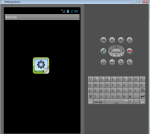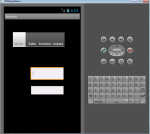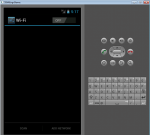Toggle Button Tutorial in Android using Basic4Android
Good day! This is my other tutorial on views/controls in Android using Basic4Android, the Toggle Button.
A toggle button allows the user to change a setting between two states. You can add a basic toggle button to your layout with the ToggleButton object.
On this, you need to create one button and named it as "tb" . Next, named your abstract design as "main".
- Read more about Toggle Button Tutorial in Android using Basic4Android
- Log in or register to post comments
- 342 views










